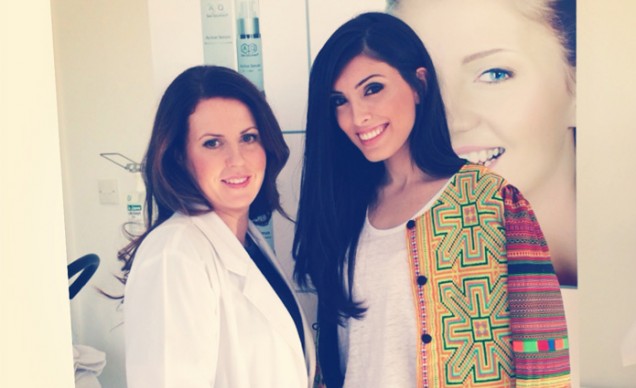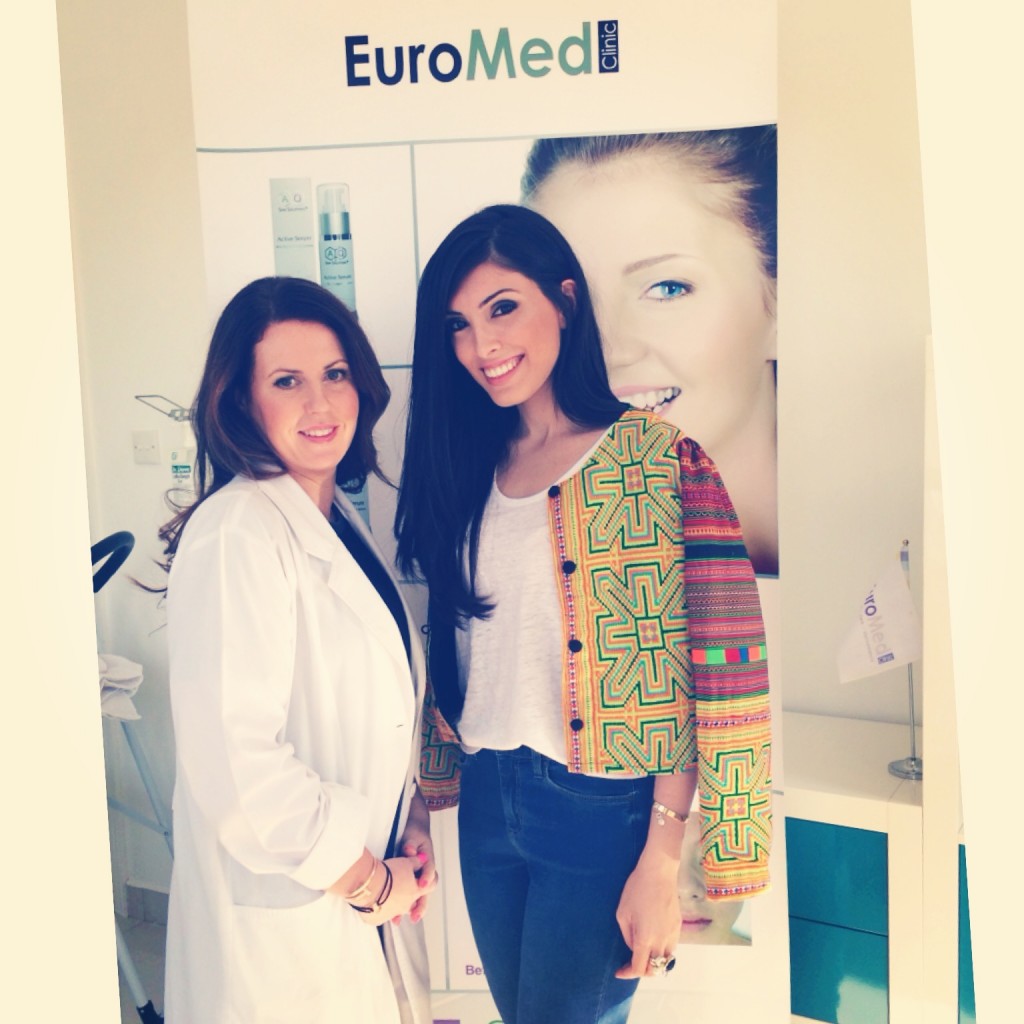The Effects of the Sun
As the sun is still blazing in Dubai, this month I asked my skin guru – Rebecca Treston at Euromed clinic on the effects of the sun… everything from how to tan safely all the way to how we can get rid of existing sun damage.
It’s understandable—basking in the sun is one of the best parts of living in the sun-drenched Middle East. But putting yourself at risk for skin cancer and premature aging is a thought that is anything but relaxing.
The desire for the sun-kissed look is an outlook shared by many thanks to the Bronzed Goddesses that frequent the pages of beauty magazines. But it is important to remember that there is a difference between a healthy glow and over-tanning.
When exposed to high UV levels, melanocyte-stimulating hormone (MSH) is produced by the pituitary gland, which triggers the production of melanin, the natural pigment that gives a person their skin color and protects them from the sun. In a study conducted at Brown University in the US, researchers found that the production of melanin starts within a couple of hours of exposure to ultraviolet radiation instead of a couple of days as previously thought by scientists and overexposure to sunlight can cause physical changes on your skin such as wrinkles, freckles, age spots, and texture changes. There are a couple of steps however that you can take to ensure that you achieve as safe and healthy a tan as possible.
To achieve the best possible tan outdoors, you must exfoliate before sun exposure. The act of exfoliation removes the dead cells from the uppermost layer of the skin and allows for fresh skin to appear. The less build-up of dead skin cells, the more shallow your layer of skin will be, which will make your tan last longer. The removal of dead skin will also allow you to tan more easily because your tan will appear and fade evenly.
Contrary to the beliefs of many tanning enthusiasts, you can still tan with sunscreen, and it’s better that you do. In fact, sun protection factor (SPF) extends the time you can spend in the sun without suffering additional skin damage. Higher SPF numbers therefore provide better protection against ultraviolet B “burning rays” (UVB) rays, though not UVA protection. Sunscreens that are labelled “broad-spectrum” can provide protection against both UVB and UVA rays, but a standard system for measuring UVA ray protection has yet to exist.
Naturally fair skin has low amounts of melanin, which can leave the skin vulnerable to the sun’s carcinogenic UV and cause lobster-red burns on your skin without an appropriate SPF. For those with darker skin, melanin can provide the equivalent of SPF 13.4 compared to 3.4 in white skin. An ounce of sunscreen should be enough to cover your whole body. Remember to apply sunscreen 30 minutes before you go in the sun, reapply 15 to 30 minutes after you have been exposed to the sun, and only reapply if you have done any activity where your sunscreen could have been removed. Remember, the earlier you apply your sunscreen once you’re exposed, the less damage UV rays will do to your skin. UV strength is greatest from 10 a.m. to 4 p.m. during sunny summer days so avoid tanning during these times. The skin around your eyes, including your eyes themselves, are delicate to UV rays and failure to take proper care can result in the development of eye diseases like cataract, age-related macular degeneration, and eye cancers.
To get a healthy and glowing tan, do not overexpose your skin to UV rays. It is best to tan gradually by dividing your time under the sun evenly to reduce sunburn. The best way to get a healthy summer glow is to tan in small doses. Half an hour to an hour under the sun a day will allow your body to produce adequate melanin to aid you the next time you tan.
If in the past you have overdone the sun, you may have several telltale signs of sun damage such as pigmentation, freckles and sun spots. Thankfully there is a host of aesthetics treatments including peels, lasers and my personal favourite for treating sun damage -IPL photo rejuvenation – that can reverse this damage and leave you with a more youthful look.




